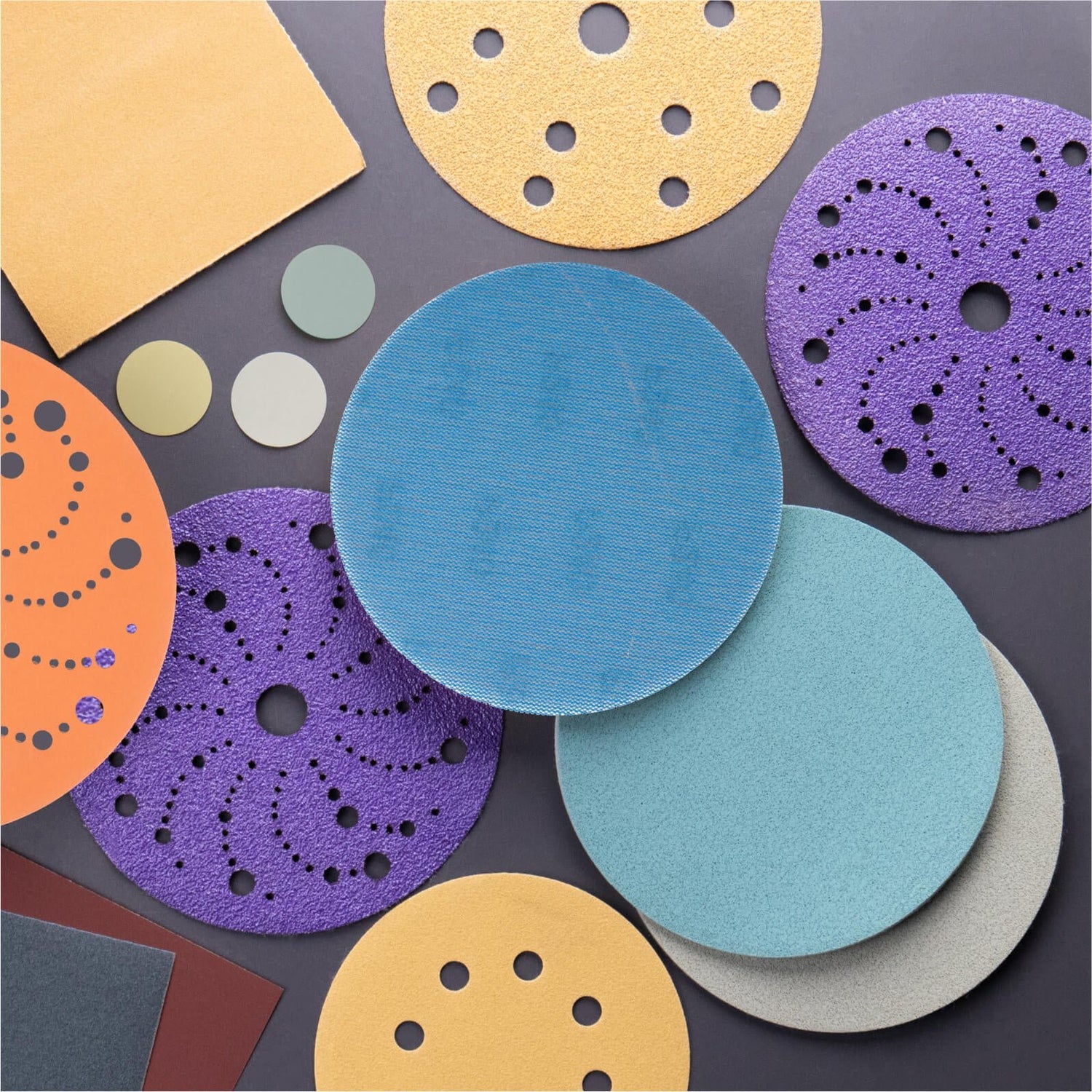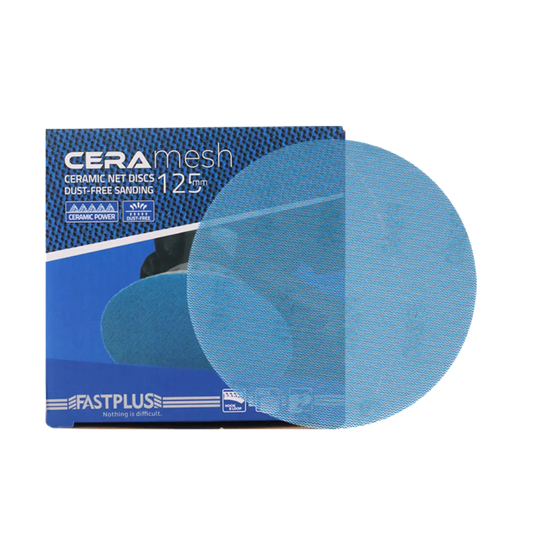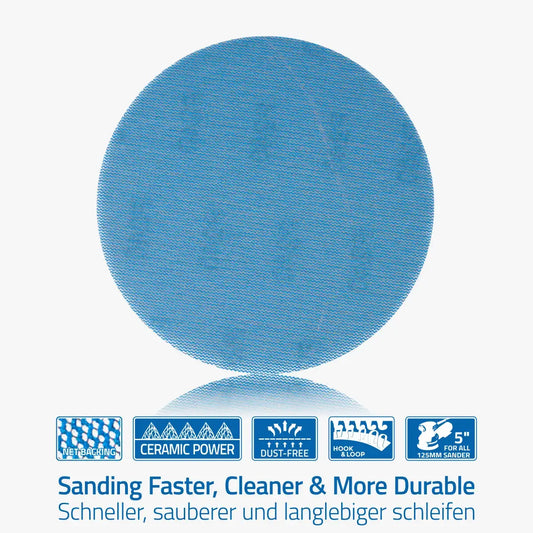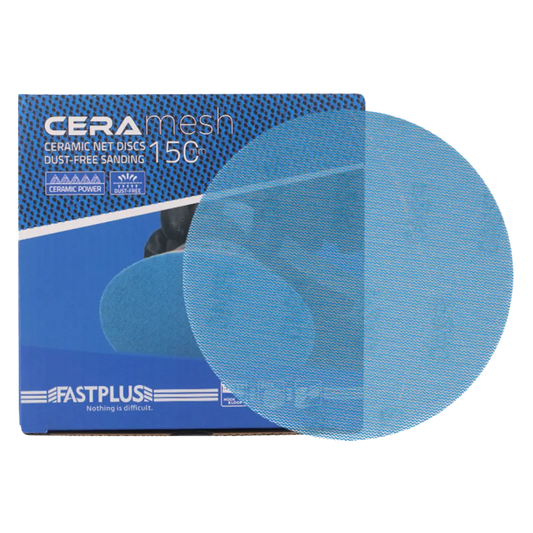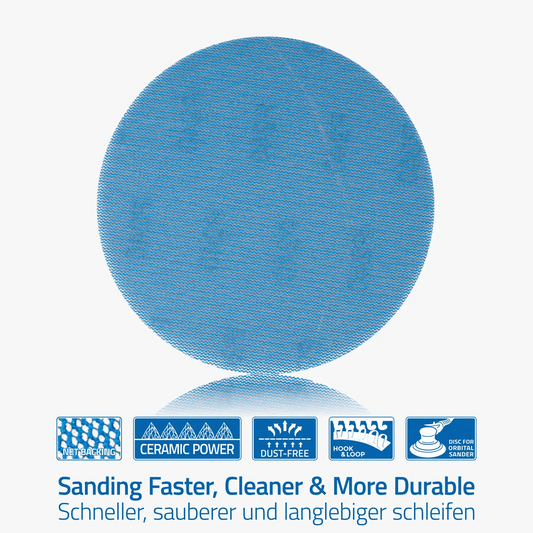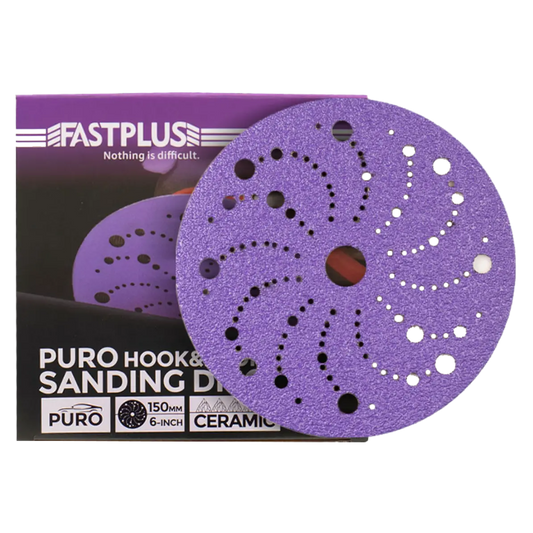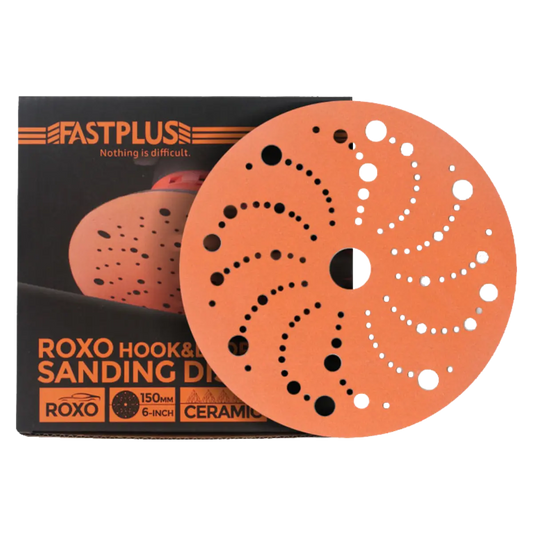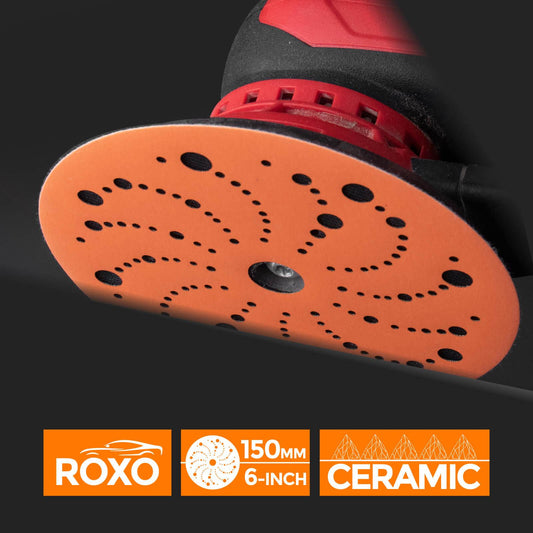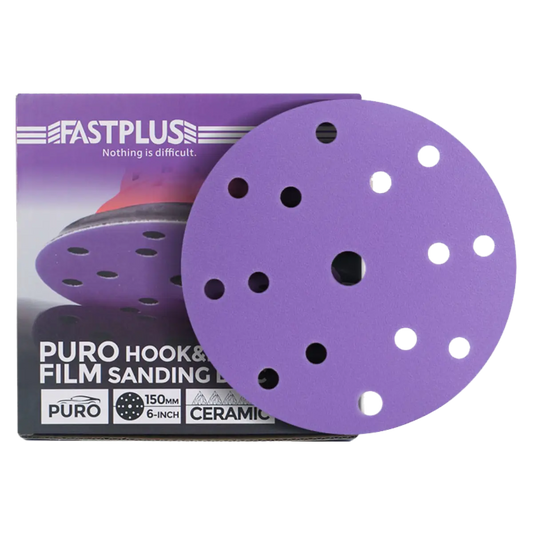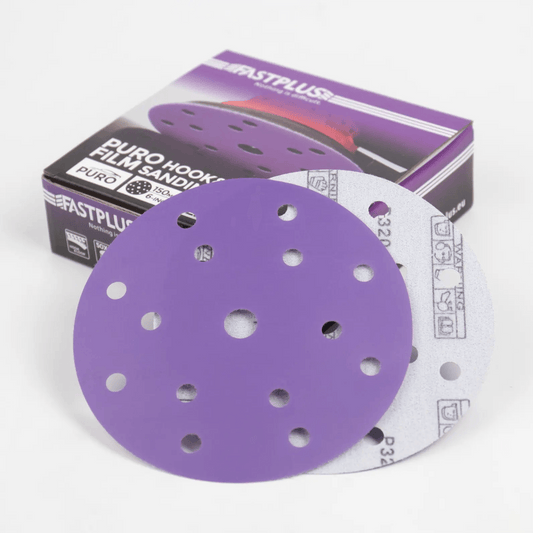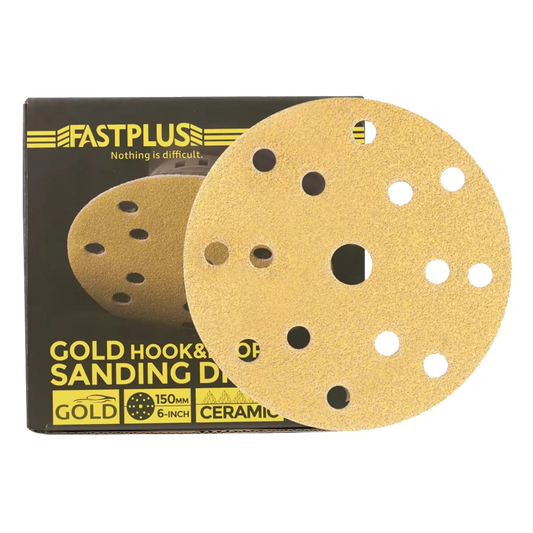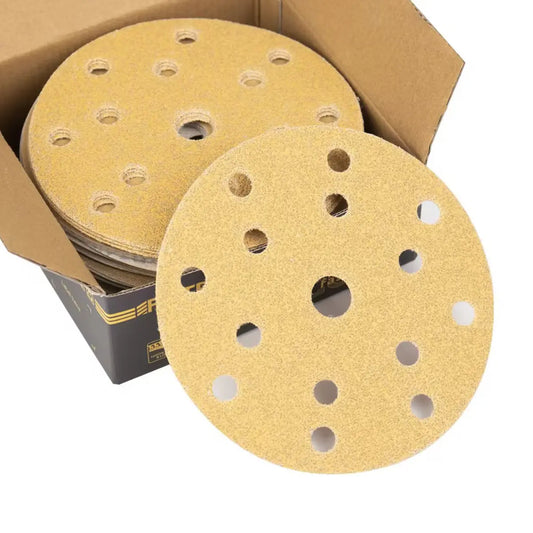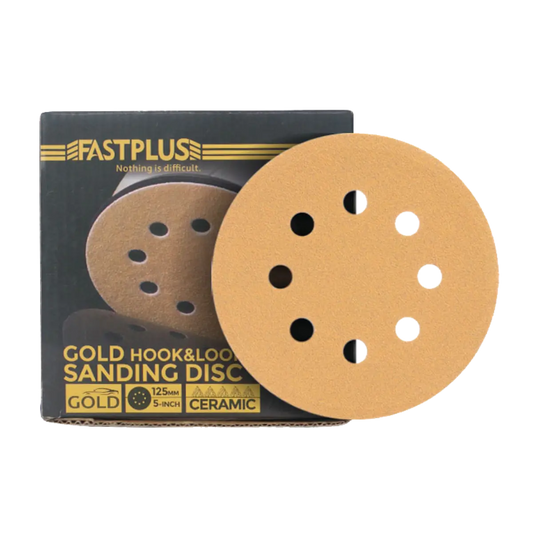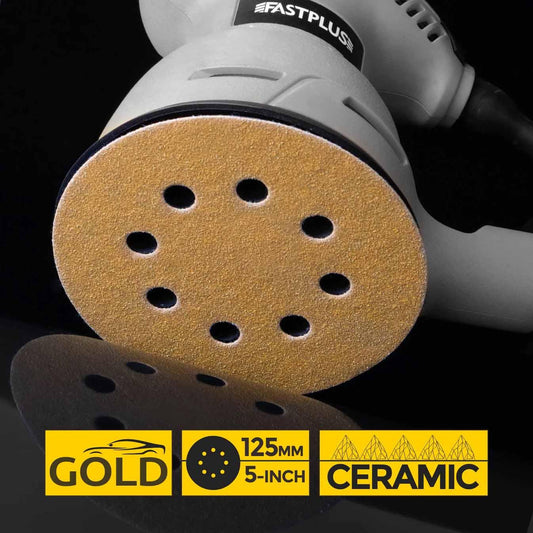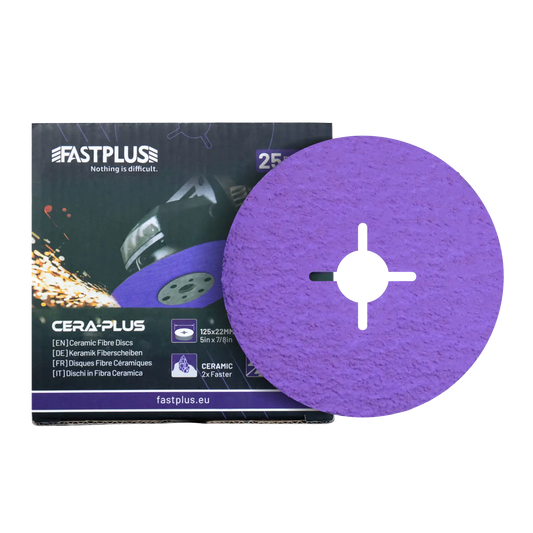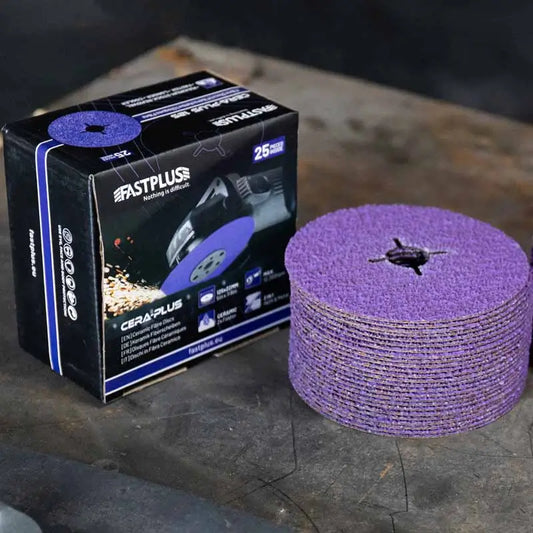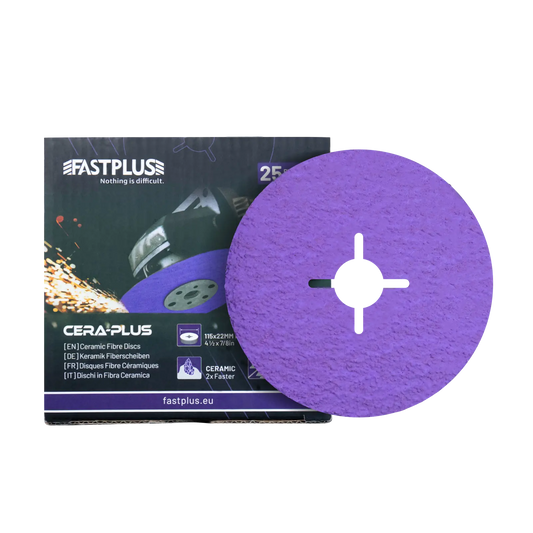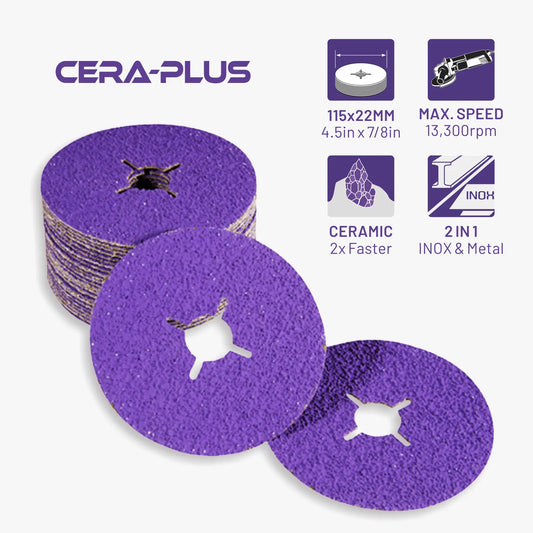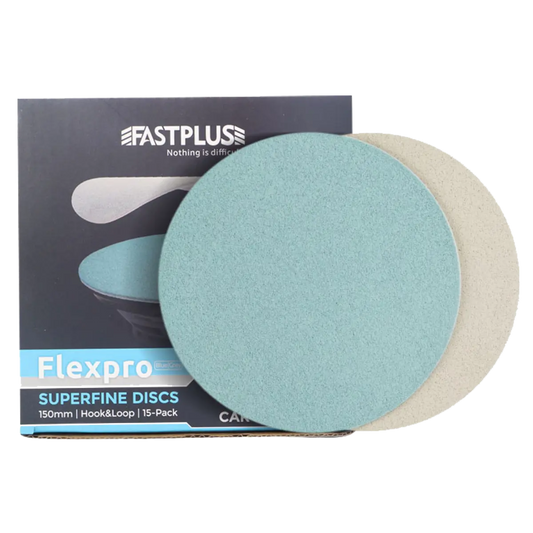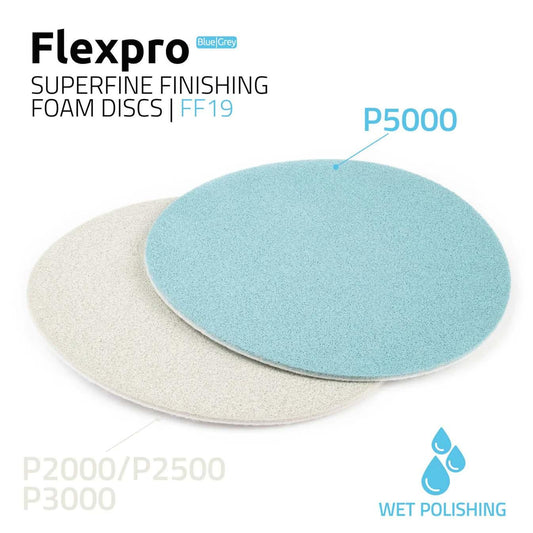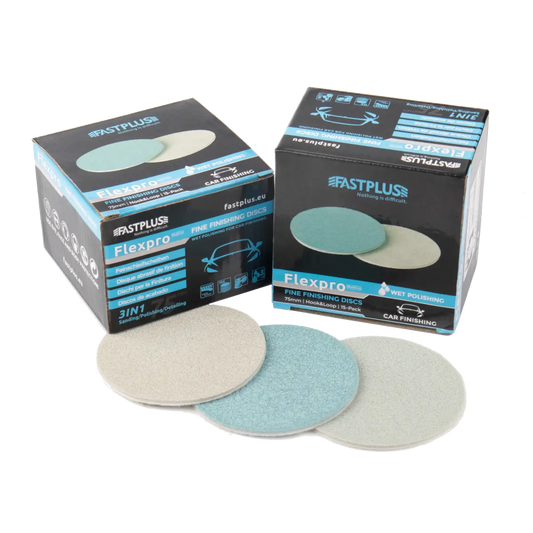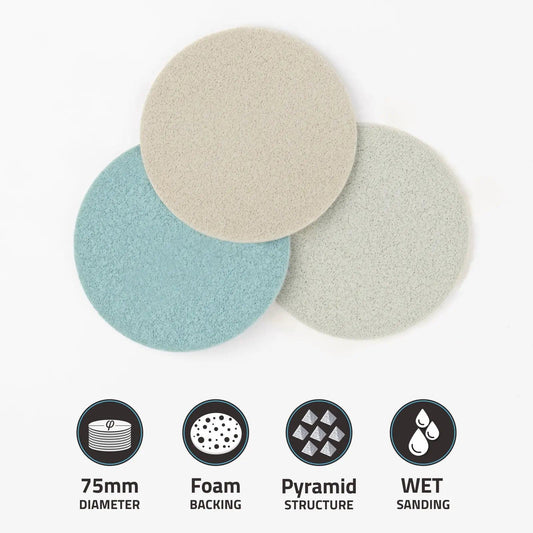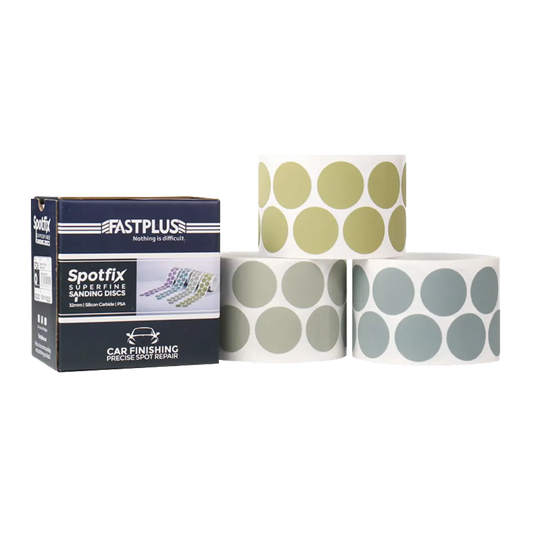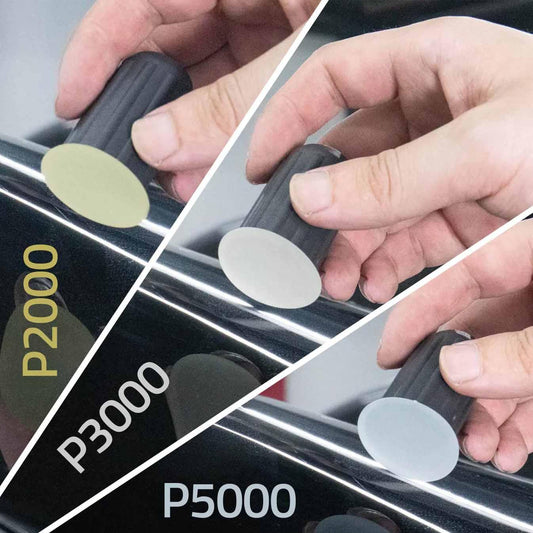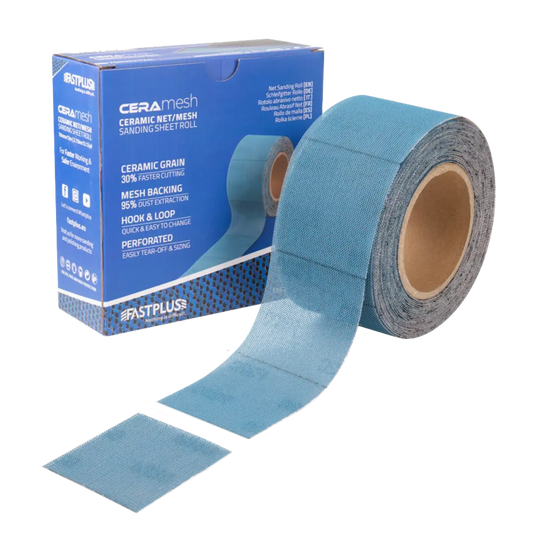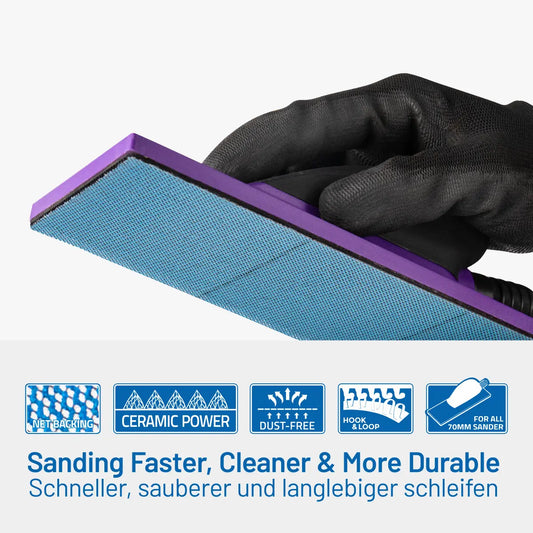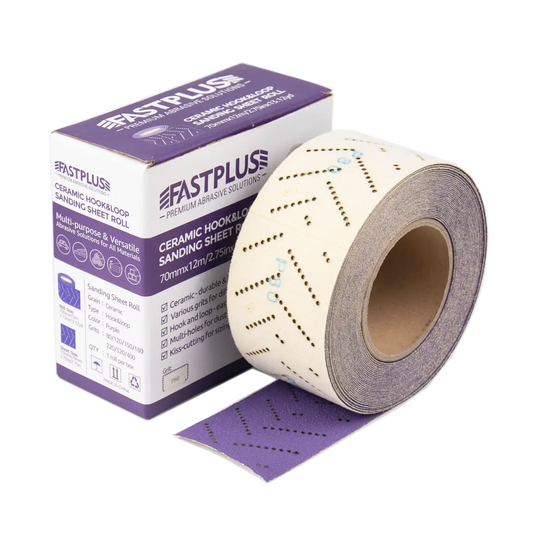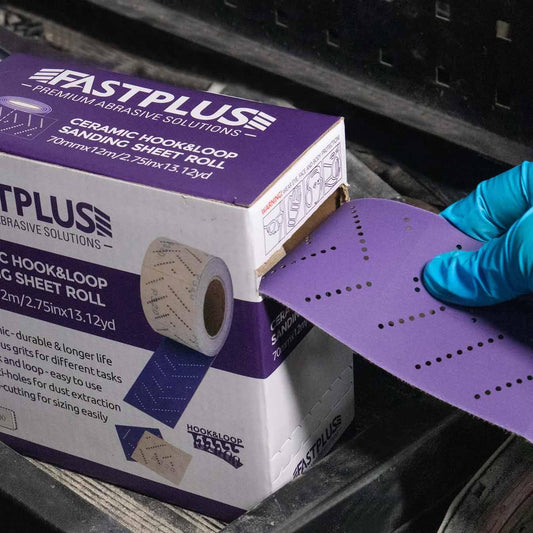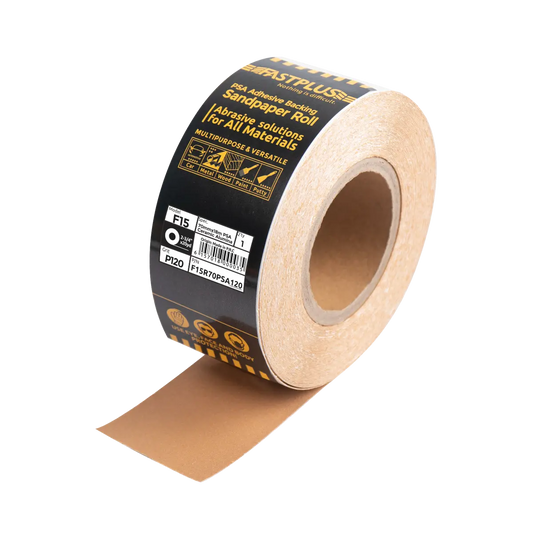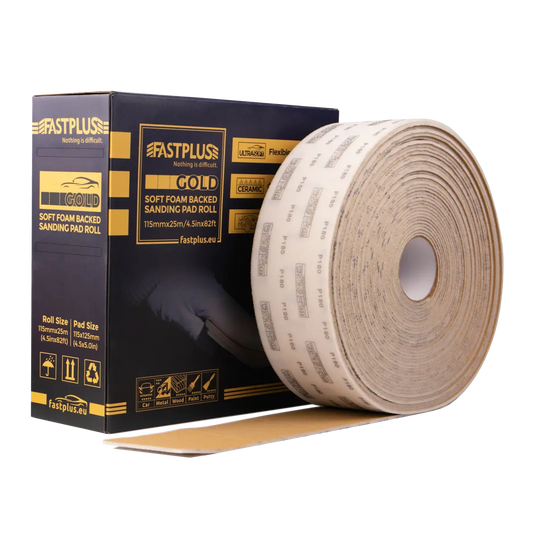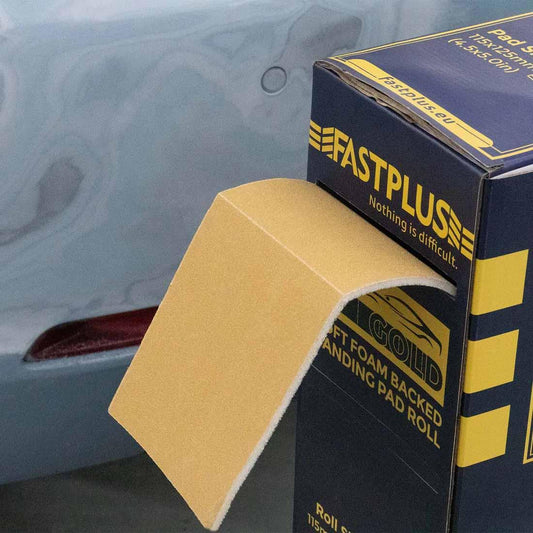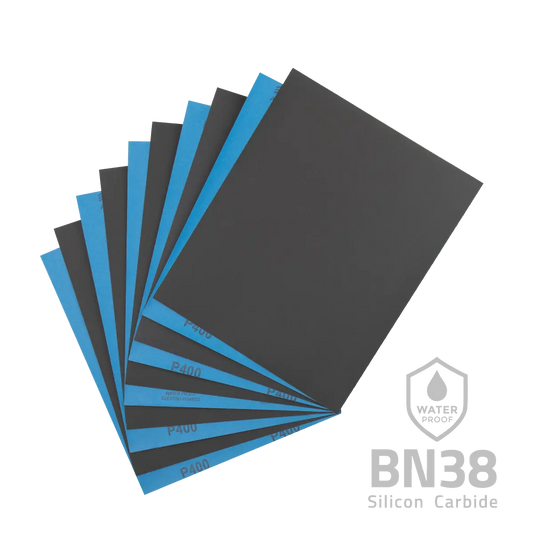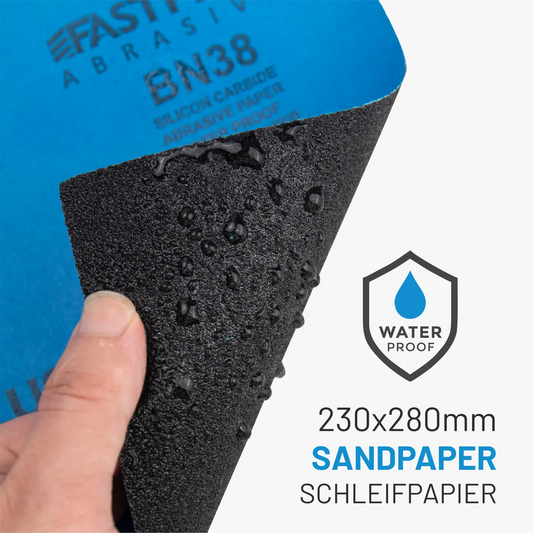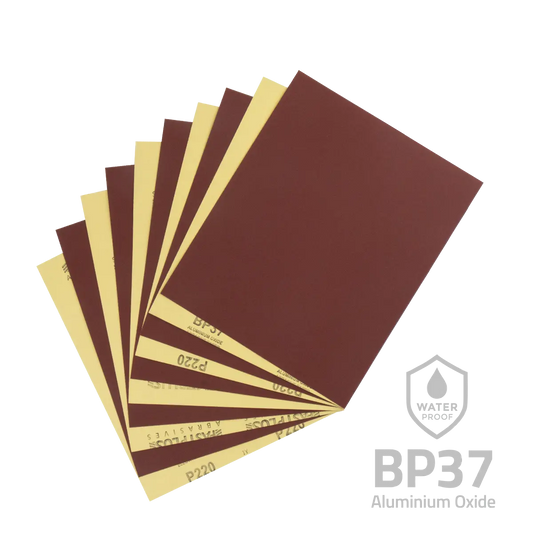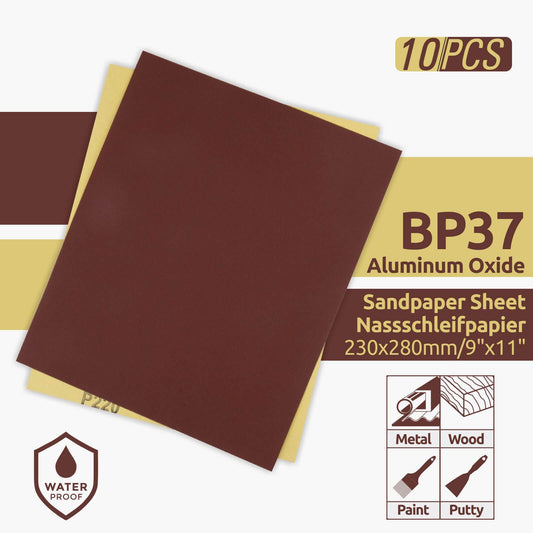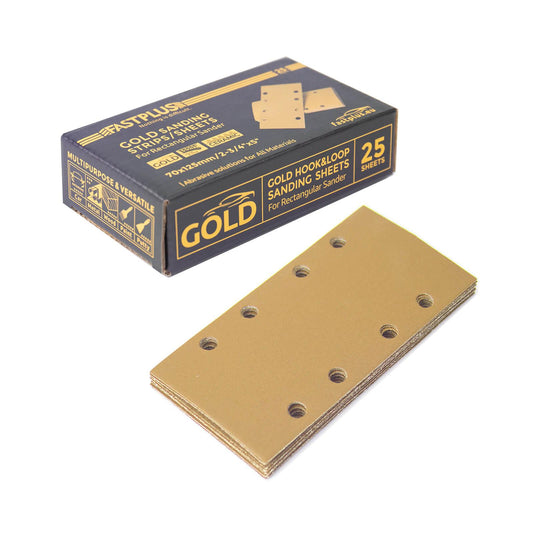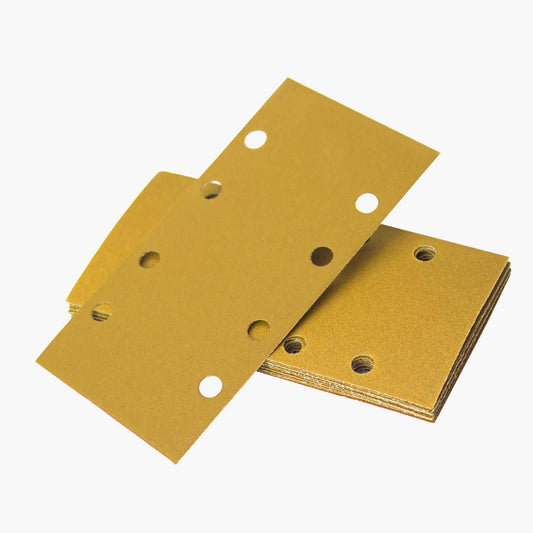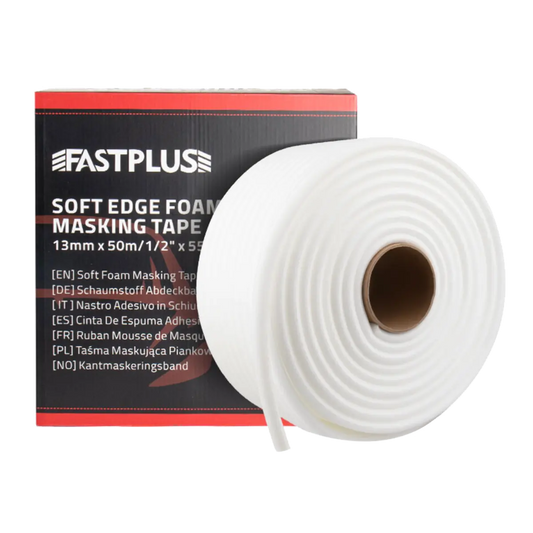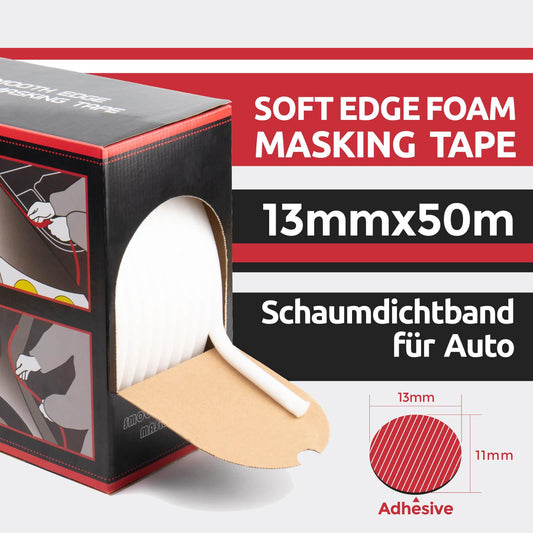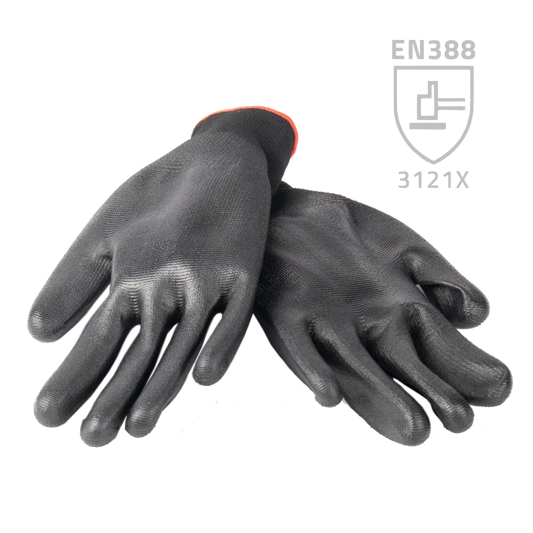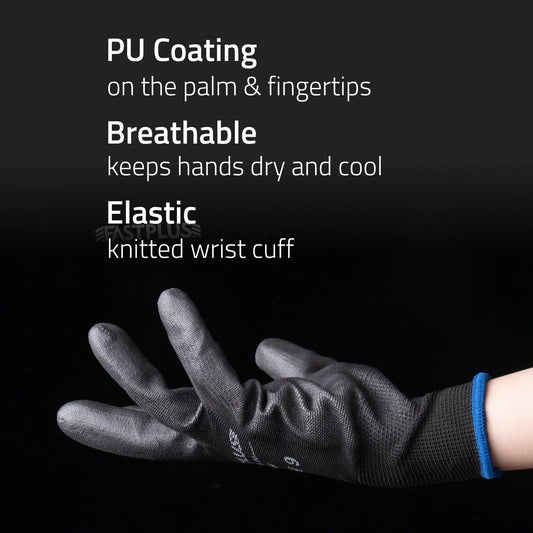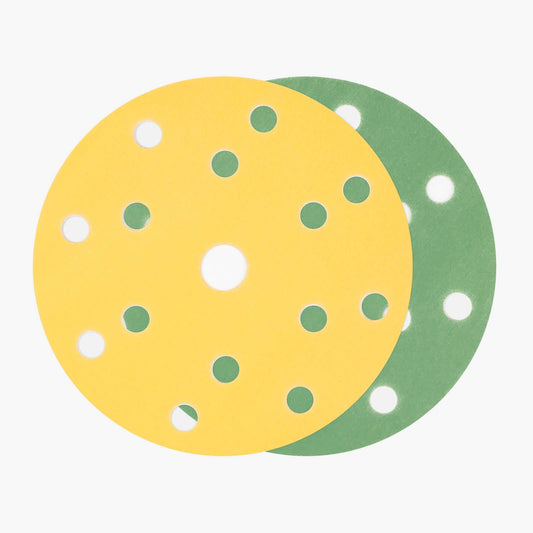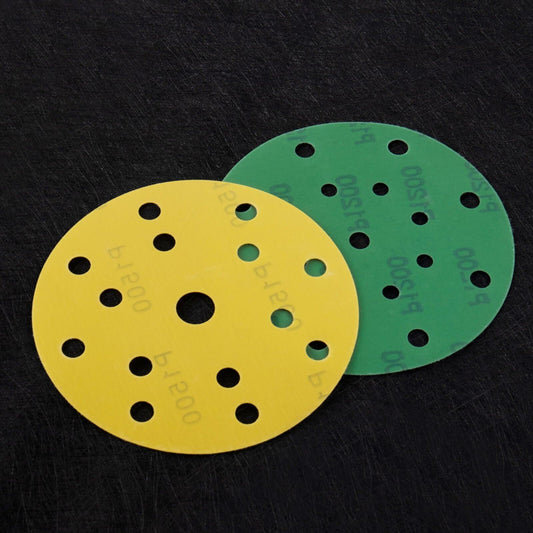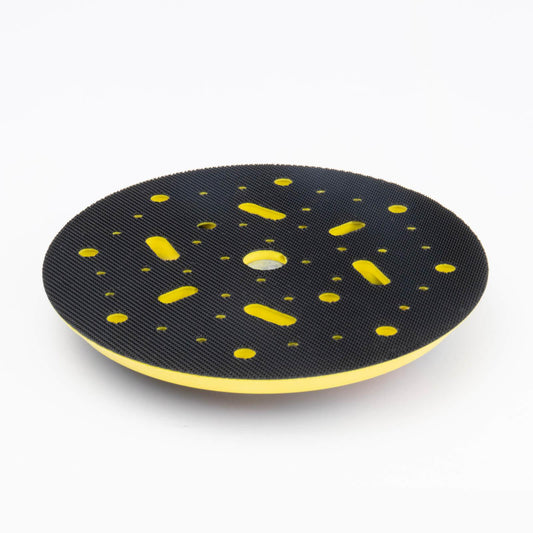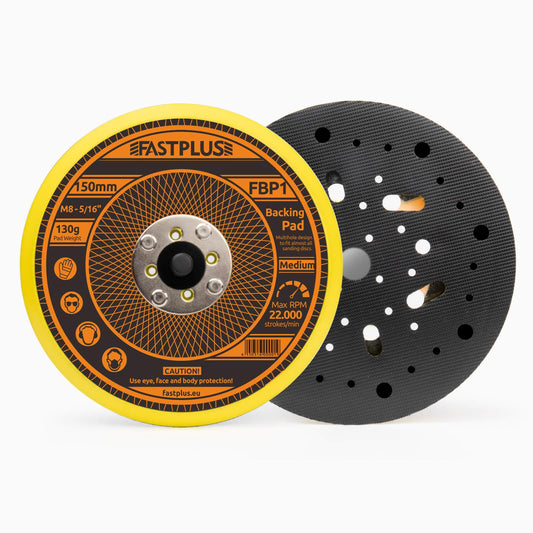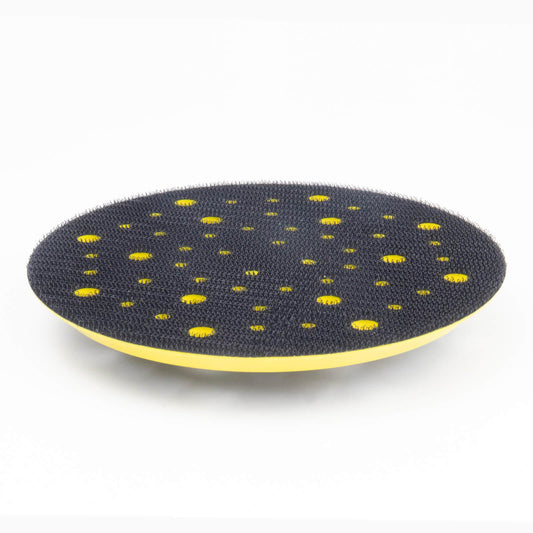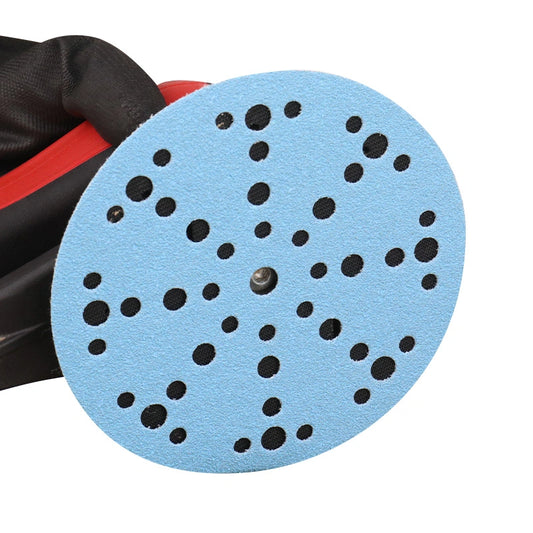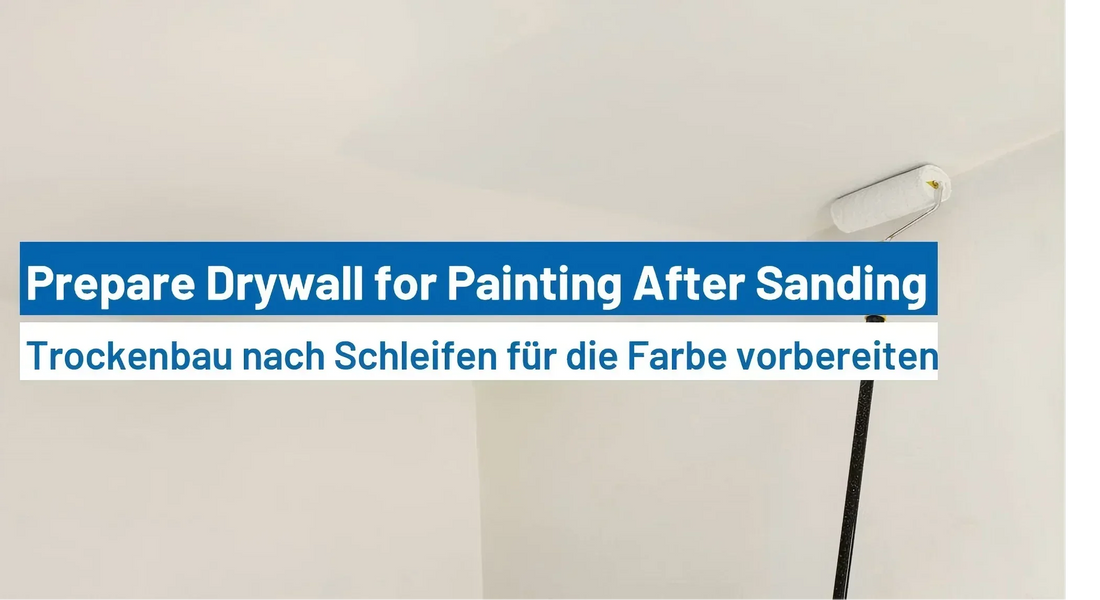
How to Prepare Drywall for Painting After Sanding?
When it comes to painting drywall, the sanding stage is only half the battle. Even after the surface is smooth, preparing the drywall properly before painting is crucial for achieving a clean, professional finish that lasts. Skipping key steps in the prep process can lead to poor paint adhesion, visible imperfections, and even peeling down the road.
In this guide, we’ll walk you through how to prepare drywall for painting after sanding, ensuring your project turns out beautifully. Whether you're working on new drywall or doing touch-ups, the following steps will help you get that flawless look.

1. Inspect the Surface
Once sanding is complete, take a few moments to thoroughly inspect the drywall. The goal is to identify:
- Remaining imperfections such as gouges, scratches, or low spots
- Residual dust or clumps of joint compound
- Areas that need touch-up sanding
Hold a work light at an angle to the wall—it will cast shadows that make flaws easier to spot. Mark any areas that need additional attention with a pencil.
2. Final Touch-Up Sanding (If Needed)
Sometimes, even after the initial sanding, you’ll notice minor flaws or rough patches that need smoothing out. For this, use:

- Fine grit sandpaper (180 to 220 grit)
- Mesh sanding discs for easy dust extraction if you're using a power sander
Be gentle—this is more about refining than aggressively removing material. If you’ve already achieved a smooth, uniform surface, you can skip this step.
3. Remove All Dust
Dust is your biggest enemy when it comes to painting drywall. If dust is left on the surface, the paint won’t stick properly, and it can cause unsightly bumps or peeling. Here’s how to clean it effectively:
Tools You Can Use:
- Drywall dust brush or microfiber cloth
- Vacuum with a brush attachment
- Tack cloth for final wipe-down
Pro Tip: Use a mesh sanding disc with a vacuum sander during your sanding process to minimize airborne dust and save cleanup time.
Start by vacuuming the surface, paying close attention to corners and edges. Then, go over the entire area with a slightly damp microfiber cloth. Avoid using too much water, which could damage the drywall.
4. Apply a Quality Primer
Priming is an essential step after sanding and dust removal. It seals the drywall, prevents flashing, and helps paint adhere better. For bare drywall or areas with fresh joint compound, drywall primers (also called PVA primers) are the best choice.
Why Priming is Important:
- It evens out the porosity between the paper surface and joint compound.
- It helps the topcoat apply more uniformly.
- It reduces paint absorption and saves you money on paint.
Use a roller for larger areas and a brush for corners and edges. Allow the primer to dry fully—usually 4 to 6 hours, depending on the product.
5. Inspect Again After Priming
Once the primer is dry, the wall might reveal imperfections you couldn’t see before. This is your chance to do a final inspection.
Look for:
- Dents or gouges that need filling
- Uneven textures
- Missed sanding spots
Touch up any issues with lightweight spackle or joint compound, allow to dry, and sand lightly again. Don’t forget to clean up dust again if you do a second round of sanding.
6. Tape Off Areas You Don’t Want Painted
Before painting, use painter’s tape to protect trim, ceilings, windows, or any adjacent surfaces. Taping now saves time and ensures a cleaner edge.
Press the tape down firmly to prevent paint bleeding underneath.
7. Choose the Right Paint Tools
To get a smooth finish on your drywall, you need the right tools. Here’s what we recommend:
- High-quality roller with a ⅜" to ½" nap – ideal for smooth to lightly textured walls
- Angled brush – perfect for corners and trim
- Paint tray with liner – makes cleanup easier
Using premium tools makes a huge difference in the end result and saves frustration.
8. First Coat: Cutting In and Rolling
Start by cutting in around the edges with a brush. Then, roll the paint on in overlapping “W” or “M” patterns to ensure even coverage.
Let the first coat dry completely before applying a second coat. Most modern paints recommend a 2 to 4-hour drying time between coats, but always check the label.
9. Apply a Second Coat for a Professional Finish
One coat may look okay, but two coats are ideal for:
- Full color saturation
- Even coverage
- Long-lasting durability
Roll on the second coat the same way as the first. Once dry, step back and admire your smooth, freshly painted drywall.
Bonus Tips for Success
Use a Finishing Foam Disc Before Priming
A finishing foam disc can be lightly used after sanding to polish the surface and even out micro-textures. This extra step creates an ultra-smooth base before priming.
Sand Between Coats (Optional)

If you want an ultra-smooth finish, you can very lightly sand between paint coats using fine sandpaper (320 grit). Always wipe down the dust before adding the next layer.
Label and Store Leftover Paint
After painting, store extra paint in a tightly sealed container and label it with the room name and date. This makes touch-ups in the future much easier.
Recommended Tools & Products from Our Store
At BSP Abrasives, we stock all the essentials you need to prepare drywall for painting:
- Mesh Sanding Discs: Excellent for drywall sanding with dust-free performance.
- Sandpaper Rolls: Ideal for hand sanding or custom-sized blocks.
- Finishing Foam Discs: Perfect for polishing before priming.
- Multi-Grit Sandpaper Sets: From coarse to fine—everything you need in one pack.
We offer bulk orders and custom logo printing for contractors and distributors. Contact us today to find the best sanding solution for your next project.
Conclusion
Prepping drywall for painting after sanding may seem tedious, but it’s well worth the effort. Taking the time to inspect, clean, prime, and prepare the surface ensures your paint job looks professional and lasts for years. With the right techniques—and the right abrasive tools—you can transform any wall into a perfect canvas for your paint.
At BSP Abrasives, we’re here to help every step of the way. From mesh sanding discs to finishing foam discs, we have the high-performance tools you need to get the job done right.
